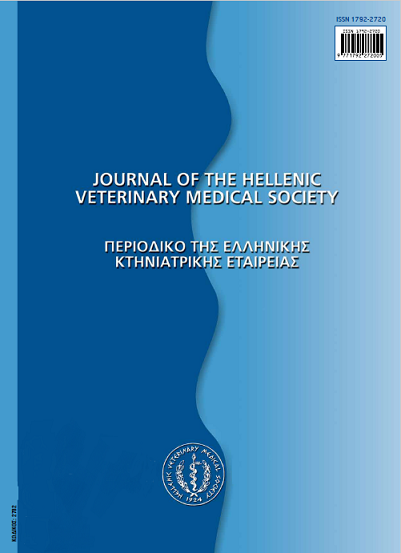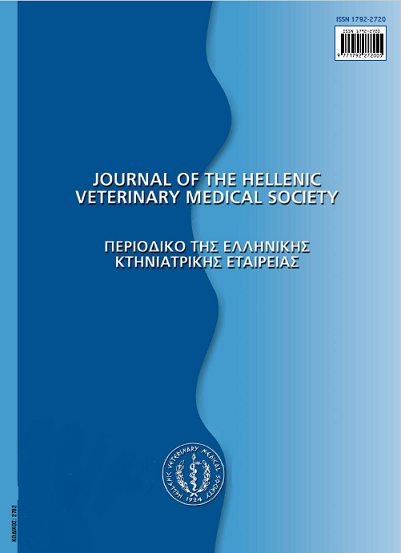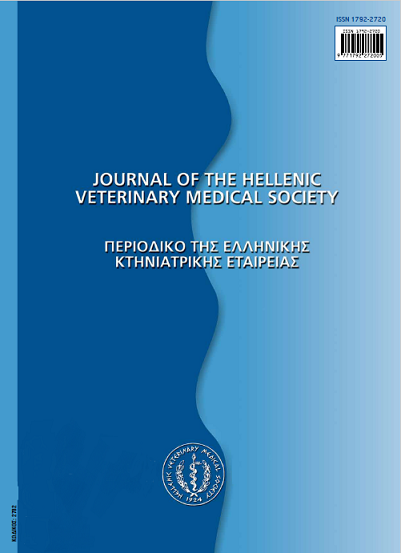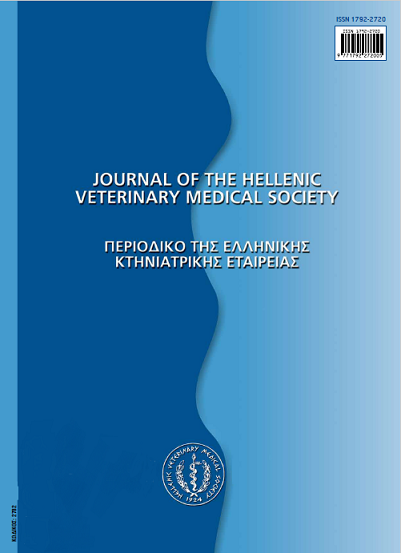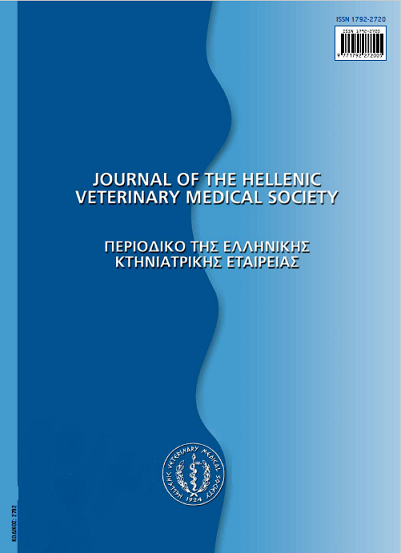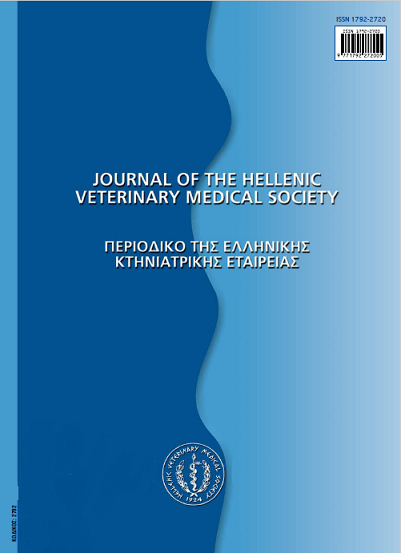Environmental enrichment for laboratory animals in practice
Résumé
During the last decades there has been an increased scientific interest in the improvement of housing conditions for laboratory animals by providing them with opportunities to perform more species - specific behavioural repertoires through enriching their environment. Environmental enrichment is, by definition, any modification in the environment of the captive animals that seeks to enhance their physical and physiological wellbeing by providing stimuli that meet the animals' species-specific needs. An enrichment scheme can be focused on the social and the physical environment. The social environment of animals can be enriched by housing them together with conspecifics in pairs or in groups. Procedures to achieve group formation need careful introduction of individuals which are compatible, a factor which is strongly dependent upon age, sex and hierarchical rank. Social housing will be beneficial only if the pairs or groups are harmonious and stable. The close contact with humans could be also considered as social improvement. Strategies to improve physical environment of laboratory animals should include provision of stimuli (materials or devices) that are biologically meaningful to them, with which they can choose to interact or not and which are not harmful to them. In practice, any enrichment scheme should be well designed before its implementation. In depth knowledge of the behavioural needs of the animals is prerequisite. Close collaboration between the scientific and the technical personnel is also necessary. Environmental changes need to be carefully evaluated in order to establish whether the improvement of animal welfare has been really achieved and to determine the impact on the obtained experimental results. The assessment of improved well-being as a result of environmental changes is based on a complex of behavioural and physiological parameters.
Article Details
- Comment citer
-
KOSTOMITSOPOULOS (Ν. ΚΩΣΤΟΜΗΤΣΟΠΟΥΛΟΣ) N. (2017). Environmental enrichment for laboratory animals in practice. Journal of the Hellenic Veterinary Medical Society, 60(3), 222–226. https://doi.org/10.12681/jhvms.14929
- Numéro
- Vol. 60 No 3 (2009)
- Rubrique
- Special Article
Authors who publish with this journal agree to the following terms:
· Authors retain copyright and grant the journal right of first publication with the work simultaneously licensed under a Creative Commons Attribution Non-Commercial License that allows others to share the work with an acknowledgement of the work's authorship and initial publication in this journal.
· Authors are able to enter into separate, additional contractual arrangements for the non-exclusive distribution of the journal's published version of the work (e.g. post it to an institutional repository or publish it in a book), with an acknowledgement of its initial publication in this journal.
· Authors are permitted and encouraged to post their work online (preferably in institutional repositories or on their website) prior to and during the submission process, as it can lead to productive exchanges, as well as earlier and greater citation of published work.

